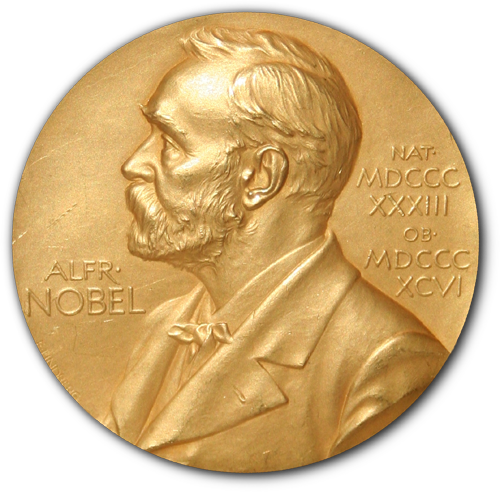Oxygen is one of the most fundamental requirements for living beings. It may seem strange then, that although the fundamental importance of oxygen has been understood for centuries, we didn’t know how cells adapt to changes in oxygen levels until quite recently, when this year’s joint winners of the Nobel Prize in Medicine tackled the question from three different angles.
William G. Kaelin Jr., Sir Peter J. Ratcliffe and Gregg L. Semenza were the first to explain how cells can sense and adapt to changing oxygen availability. The researcher’s work revealed the mechanism for one of life’s most essential adaptive processes. Their discoveries have also paved the way for promising new drugs and treatments for a range of diseases.
A three-pronged approach
Oxygen is essential for animal life: it is used by the mitochondria present in virtually all animal cells in order to convert food into useful energy. During evolution, mechanisms developed to ensure a sufficient supply of oxygen to tissues and cells.
A key physiological response to low oxygen levels (hypoxia) is the rise in levels of the hormone erythropoietin (EPO), which increases the body’s production of red blood cells. The importance of hormonal control of erythropoiesis was already known at the beginning of the 20th century, but how this process was itself controlled by oxygen remained a mystery for nearly a hundred years.
In the 1990s, Gregg Semenza and Sir Peter Ratcliffe were independently studying the oxygen-dependent regulation of the EPO gene. Both research groups found that the oxygen sensing mechanism was present in virtually all tissues, not only in the kidney cells (where EPO is normally produced). Semenza then went on to identify a protein complex that boosts EPO production when oxygen is low. He called this complex the hypoxia-inducible factor (HIF).
“We started studying a very specific and kind of limited question of how red blood cell production was regulated,” Semenza said to reporters in a telephone interview after receiving news of the Nobel Prize announcement. “And from there it expanded to so many areas of physiology and medicine. It’s quite amazing.”
“We set about the problem of EPO regulation, which might have seemed and did seem to some a niche area,” Ratcliffe said during his interview. “As with almost any discovery science, the impact of that becomes evident later.”

Image: The Nobel Prize (Copyright © Nobel Media 2019).
At about the same time as Semenza and Ratcliffe were exploring the regulation of the EPO gene, cancer researcher William Kaelin, Jr. was researching an inherited syndrome, von Hippel-Lindau’s disease. This genetic disease leads to dramatically increased risk of certain cancers in families with inherited mutations in the VHL gene.
Kaelin showed that the VHL gene encodes a protein that prevents the onset of cancer. What’s more, VHL was somehow involved in controlling responses to hypoxia. Ratcliffe and his research group finally linked VHL and HIF by demonstrating that the protein is required for the degradation of HIF at normal oxygen levels.
In the early 2000s, Kaelin and Ratcliffe were finally able to identify how VHL is able to recognize and bind to HIF and control its degradation. Through a mammoth combined effort, the three Nobel Laureates had elucidated the oxygen sensing mechanism and how it works.
Using oxygen-sensing mechanisms to fight disease
Thanks to the groundbreaking work of these Nobel Laureates, we know much more about how different oxygen levels regulate fundamental physiological processes. Oxygen sensing allows cells to adapt their metabolism to low oxygen levels, such as in our muscles during intense exercise. It is also vital for generating new red blood cells and blood vessels.
Read this past BioVox article to learn about the work of Dr. James Allison, who was a co-winner of the 2018 Nobel Prize in Medicine along with Dr. Tasuko Honjo.
Our immune system and many other physiological functions are also fine-tuned by the oxygen-sensing machinery. Importantly, oxygen sensing is also central to a large number of diseases, such as anemia, cancer and strokes.
In tumors, the oxygen-regulated machinery is utilized to stimulate blood vessel formation and reshape metabolism for effective proliferation of cancer cells. Intense R&D efforts in academic laboratories and pharmaceutical companies are currently focused on developing drugs that can interfere with different disease states, such as cancer, by either activating or blocking the oxygen-sensing machinery.
Drugs based on the interaction between VHL and HIF are also being investigated as treatments for diseases like anaemia and renal failure. Chinese regulators approved the first of these drugs in 2018. It is clear that through their scientific contributions, the three Nobel Laureates have changed the face of modern medicine.
Header Image: Copyright © Nobel Media 2019. Illustration: Niklas Elmehed


